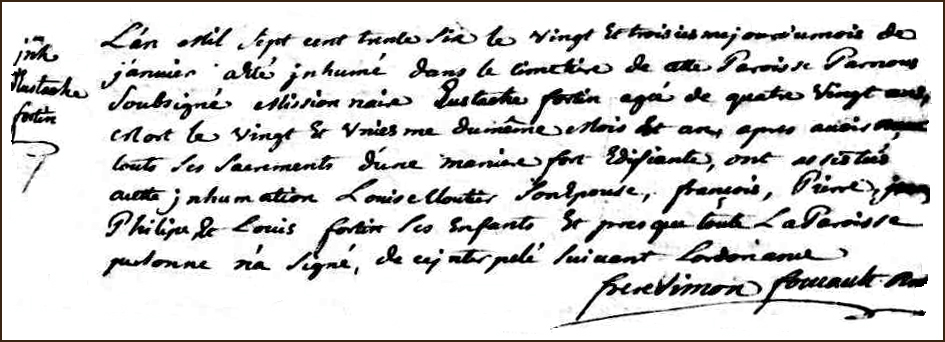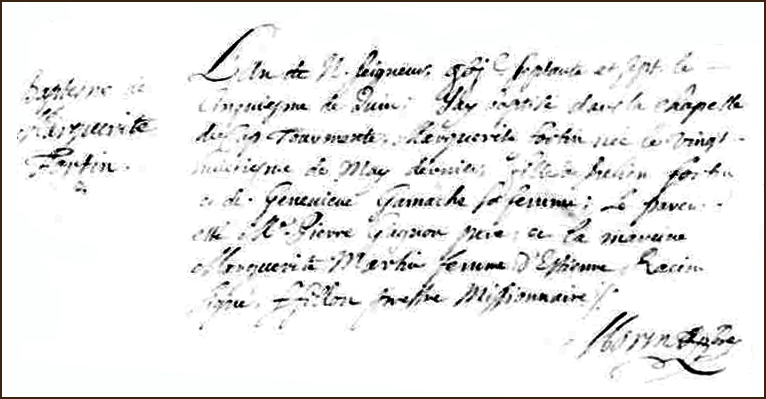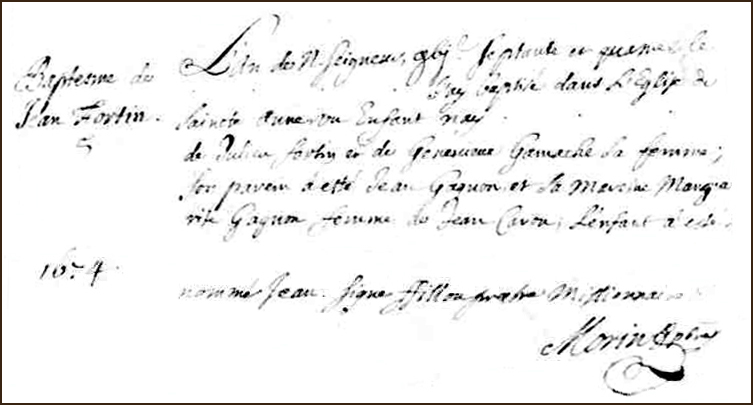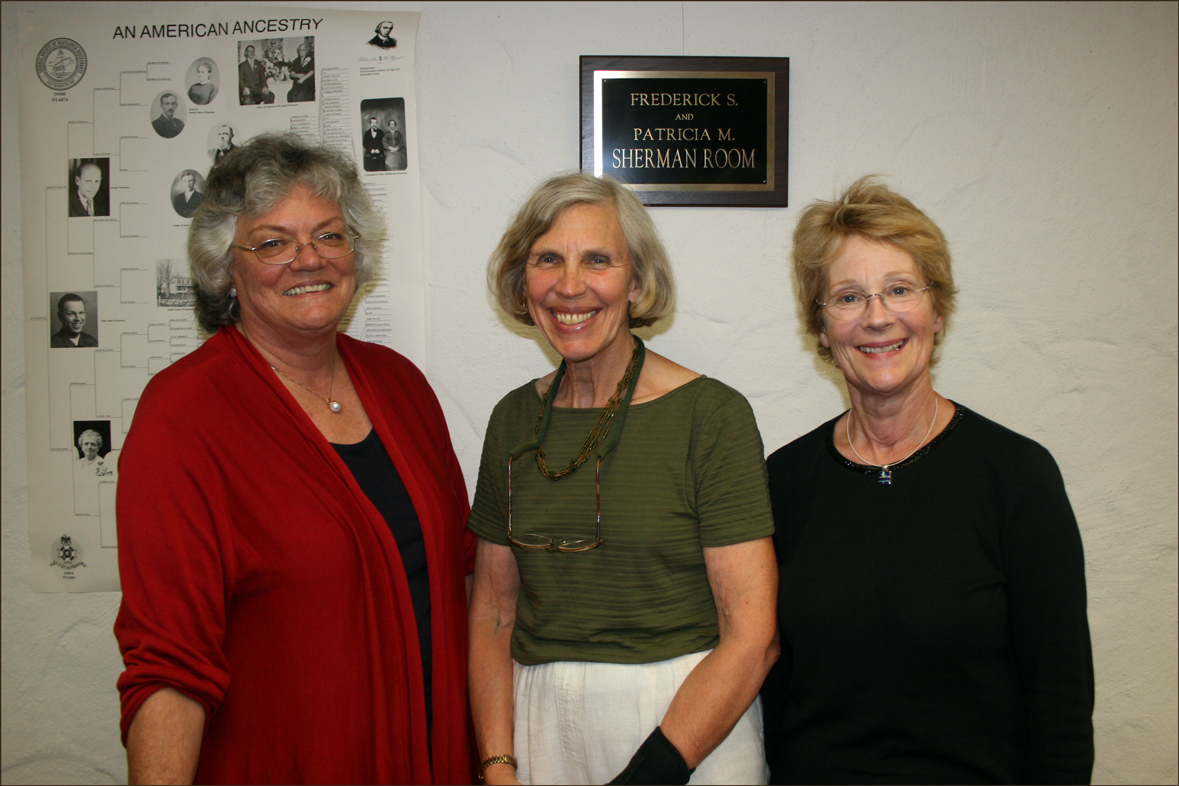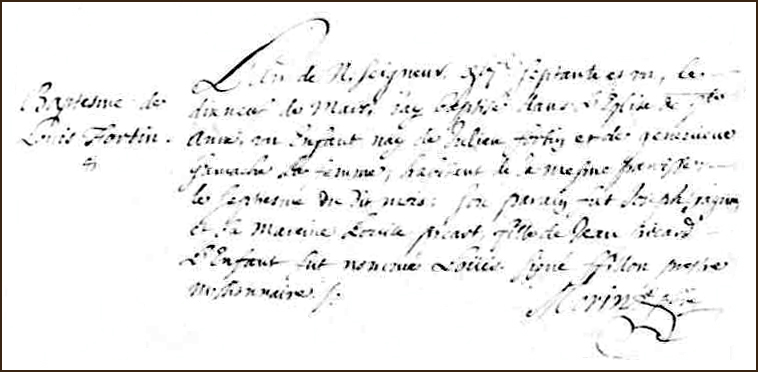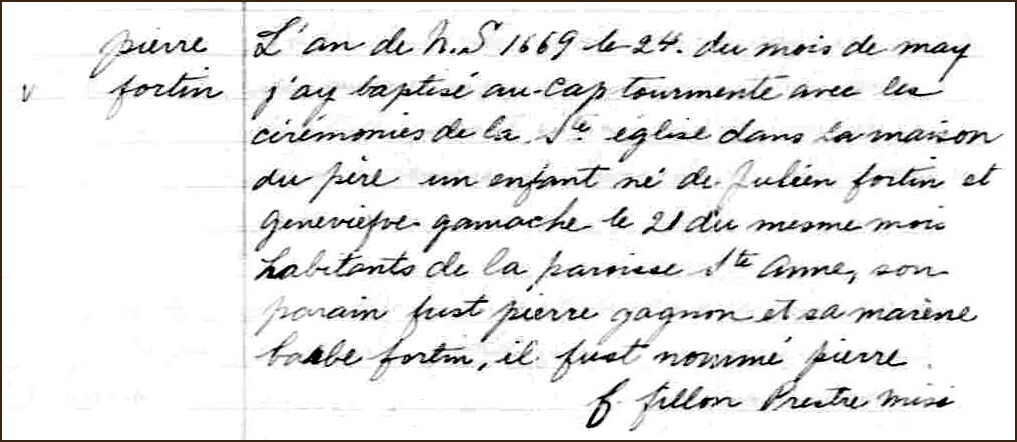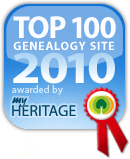Throughout history, church and civil records in Poland have assumed a variety of forms. The manner in which the records were maintained depended on the location and the time period.
After Napoleon’s armies invaded Poland and created the Duchy of Warsaw on 09 Jun 1807, priests in the Duchy were required to record births, marriages, and deaths according to a specified style in a narrative form. After Napoleon’s defeat and the formation of the Congress Kingdom of Poland, priests continued to record birth, marriages, and deaths in the same format.
In 1826, the format was changed somewhat, and life events were recorded in a very consistent manner following a fixed template. Once researchers learn to read one Polish birth record from this time period in the Congress Kingdom of Poland, all other birth records from the same region and time period will look similar. Unfortunately, in 1868, the Russian government required that all records be written in Russian. The format remained the same. Only the language changed.
The following record demonstrates the parts of a Polish birth record that is typical for the time period 1826-1868 in the Congress Kingdom of Poland.
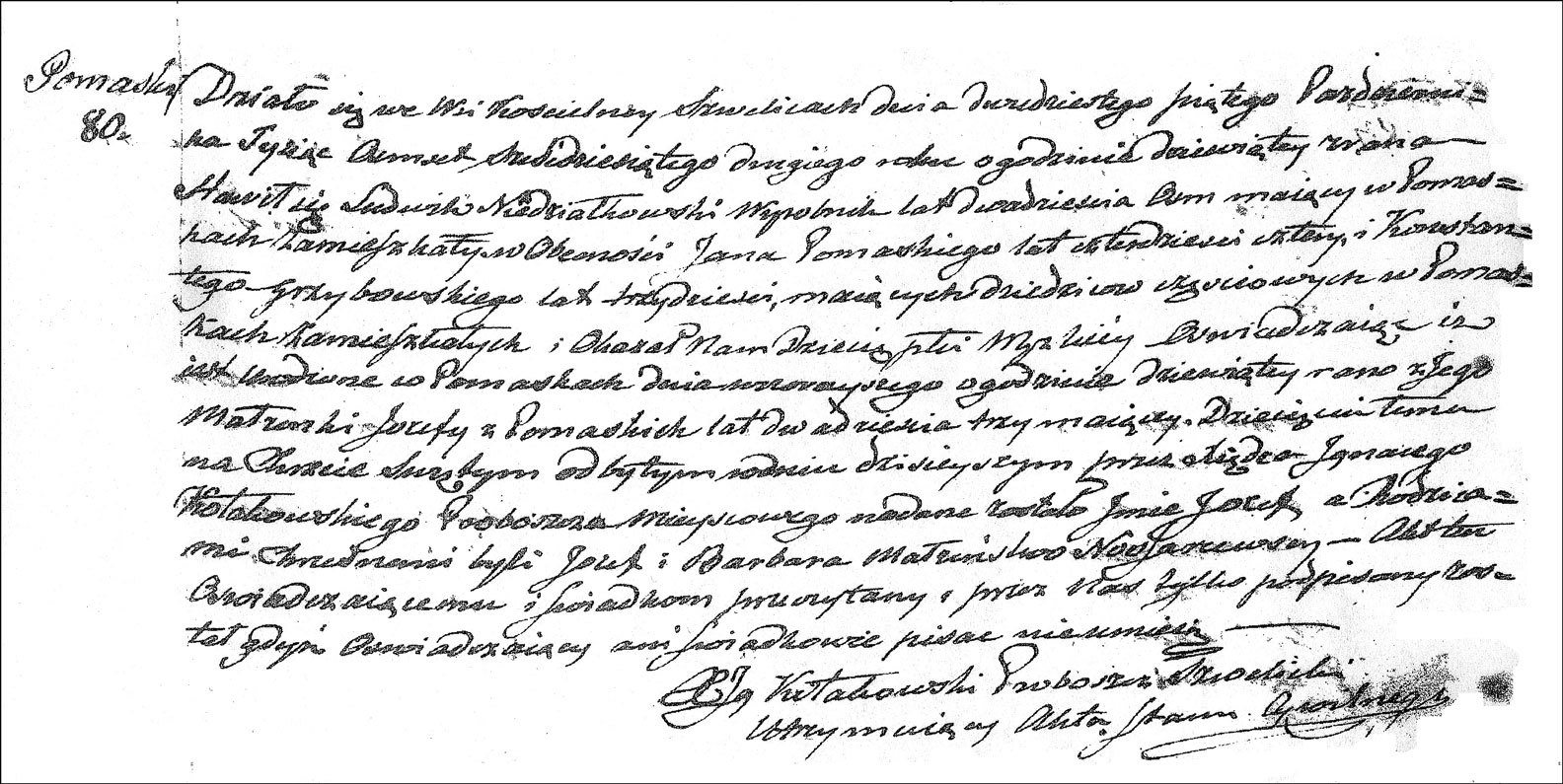
The Birth and Baptismal Record of Józef Niedziałkowski – 1862
SOURCE: Parafia pw. św. Jana Chrzciciela (Szwelice, Maków Powiat, Łomża Gubernia, Congress Kingdom of Poland). Księga Ochrzczonych parafii Szwelice od 1853 do 1869 r, Józef Niedziałkowski baptism (1862); FHL microfilm 1958805.
Click on the above image to enlarge it. By looking for specific keywords in the record, researchers can locate specific items of interest:
- Działo się – introduces the place, date, and time of the baptism
- Stawił się – introduces the name of the presenter, usually the father
- Obecnosi – introduces the names of the witnesses
- Okazał Nam – introduces the sex of the child and details of the birth
- Jego Małzonki – introduces the name of the mother
- Dziecięciu temu – introduces the name of the child
- Rodzicami Chresnemi – introduces the names of the Godparents
- Akt ten – concludes the record, usually indicating that the participants were illiterate
A transcription of this record (including misspellings and other errors) is shown below. Keywords that direct the reader to the most important elements of the record are highlighted in bold.
Pomaski
80.
Działo się we Wsi Koscielney Szwelicach dnia dwudziestego piątego Pazdziernika Tysiąc Osmset Sześćdziesiątego drugiego roku o godzinie dziewiątey z rana Stawił się Ludwik Niedziałkowski wspolnik lat dwadziescia osm maiący w Pomaskach Zamieszkały w Obecnosi Jana Pomaskiego lat czterdziesci cztery, i Konstantego grzybowskiego lat trzydziesci, maiących dziedzicow częsciowych w Pomaskach Zamieszkałych i Okazał Nam Dziecę płci męskiej oswiadczaiąc iz iest urodzone w Pomaskach dnia wczorayszego o godzinie dziewiątey rano z Jego Małzonki Jozefy z Pomaskich lat dwadziescia trzy maiącey. Dziecięciu temu na Chrzcie Swiętym odbytym w dniu dzisieyszym przez Kiędza Ignacego Kotakowskiego Proboszcza mieyscowego nadane zostało Imie Jozef, a Rodzicami Chresnemi byli Jozef i Barbara małzeństwo Nossarzewscy – Akt ten Oswiadczaią iemu i Swiadkom przezytany i przez Nas tylko podpisany został gdys Oswiadczaiący ani Swiadkowie pisac nieumieią
                                                              X Ig Kotakowski Proboszcz Szwelicki.
                                                              Utrzymuiący Akta Stanu Cywilnego
The left margin is usually reserved for the name of the village in which the family resided. For birth/baptismal records, one may also presume that the child was born in this village. The number that accompanies the name of the village shows the number of the baptism in the current calendar year in the parish (not the village). In the example, the child was born in Pomaski and his baptism was the 80th baptism in the parish that year.
The records open with the words “Działo się we Wsi Koscielney Szwelicach” which state the place of baptism. The words “Działo się” mean “It happened”. After the word “we” (in), this record shows that the baptism took place in “Wsi Koscielney Szwelicach”, meaning “the ecclesiastical village of Szwelice”. The village of Szwelice was owned by the church and was thus called an “ecclesiastical village”. The village of Pomaski belonged to the parish of Szwelice. Next, the time and date of the baptism is provided. In this record, the date is given as “dnia dwudziestego piątego Pazdziernika Tysiąc Osmset Sześćdziesiątego drugiego roku”, meaning “the twenty-fifth day of October in the year one thousand eight hundred sixty-two”. The time was recorded as “o godzinie dziewiątey z rana”, translated as “at the hour of nine o’clock in the morning”.
The next section, introduced by the words “Stawił się“, meaning “he presented himself” tells who brought the child to be baptized. This was usually the father, but could also be another relative if the father was deceased or otherwise could not attend the birth. In the case of an illegitimate birth, the midwife who delivered the child may be the one who presented the child for baptism. In the example, we learn that “Stawił się Ludwik Niedziałkowski wspolnik lat dwadziescia osm maiący w Pomaskach Zamieszkały”. This phrase tells us the name of the presenter (here, it is the father), his occupation, his age, and the place in which he resided. This phrase is translated as “Ludwik Niedziałkowski, partner, presented himself, twenty-eight years of age, living in Pomaski”.
Next, the words “w Obecnosi” introduce the witnesses. The example shows that “Jana Pomaskiego lat czterdziesci cztery, i Konstantego grzybowskiego lat trzydziesci, maiących dziedzicow częsciowych w Pomaskach Zamieszkałych”, providing the names, ages, and occupations of the two witnesses. This phrase is translated as “in the presence of Jan Pomaski, forty-four years of age, and Konstanty Grzybowski, thirty years of age, heirs to a part [of the village] living in Pomaski”.
The next section is introduced by the words “i Okazał Nam“, meaning “and he showed us”. This phrase is followed by a description of the child, including the date and time of his birth. The phrase “i Okazał Nam Dziecę płci męskiej” means “and he showed us a child of the male sex”, is followed by the place of birth “oswiadczaiąc iz iest urodzone w Pomaskach” meaning “declaring that he was born in Pomaski”, and concludes with the date and time of birth “dnia wczorayszego o godzinie dziewiątey rano”, translated as “yesterday at the hour of nine o’clock in the morning”.
The next section describes the mother, usually by her maiden name and age: “z Jego Małzonki Jozefy z Pomaskich” meaning “[born] of his wife Józefa née Pomaska” and “lat dwadziescia trzy maiącey”, telling us that she was “having twenty-three years of age”.
The name of the priest who performed the baptism and the name of the child are provided next, although the priest’s name is not always provided in the text of every birth/baptismal record. The sentence in Polish includes the phrases “Dziecięciu temu” meaning “This child”, “na Chrzcie Swiętym odbytym w dniu dzisieyszym” meaning “at Holy Baptism performed this day”, “przez Kiędza Ignacego Kotakowskiego Proboszcza mieyscowego”, meaning “by Ignacy Kotakowski, the pastor of this place”, and finally “nadane zostało Imie Jozef”, meaning “was given the name Józef”.
The names of the sponsors (Godparents) are provided in the next section: “a Rodzicami Chresnemi byli Jozef i Barbara małzeństwo Nossarzewscy”, translated as “and the Godparents were the married couple Józef and Barbara Nossarzewski”.
The record ends with a statement “Akt ten Oswiadczaią iemu i Swiadkom przezytany” meaning “This document was read aloud to the declarant and witnesses”, followed by “i przez Nas tylko podpisany został”, meaning “and signed by Us alone”, and finally “gdys Oswiadczaiący ani Swiadkowie pisac nieumieią” meaning “because the declarants and witnesses cannot write”.
The record is signed by the priest and concludes with his title: “X Ig Kotakowski Proboszcz Szwelicki” meaning “The Reverend Ig[nace] Kotakowski, Pastor of Szwelice” and “Utrzymuiący Akta Stanu Cywilnego”, translated as “Maintaining the Public Register”.
Because Polish is a highly inflected language, the endings of the names and places must usually be removed and replaced with the standard forms of the names and places. Thus, the place name “Pomaskach” becomes “Pomaski”, the place name “Szwelicach” becomes “Szwelice”, the name “Jana Pomaskiego” becomes “Jan Pomaski”, the name “Konstantego Grzybowskiego” becomes “Konstanty Grzybowski”, the name “Jozefy z Pomaskich” becomes “Józefa née Pomaska”, and the name “Ignacego Kotakowskiego” becomes “Ignacy Kotakowski”.
In these records, the priest frequently hyphenates words and, in some records, doesn’t necessarily indicate that the words are hyphenated. In addition, words that should be capitalized don’t always appear to be capitalized, and capital letters sometimes appear where they should not. Spelling errors and variations are also common, and Polish diacritical marks don’t always appear where they should.
Written for the Carnival of Eastern European Genealogy.
Copyright © 2008 by Stephen J. Danko

